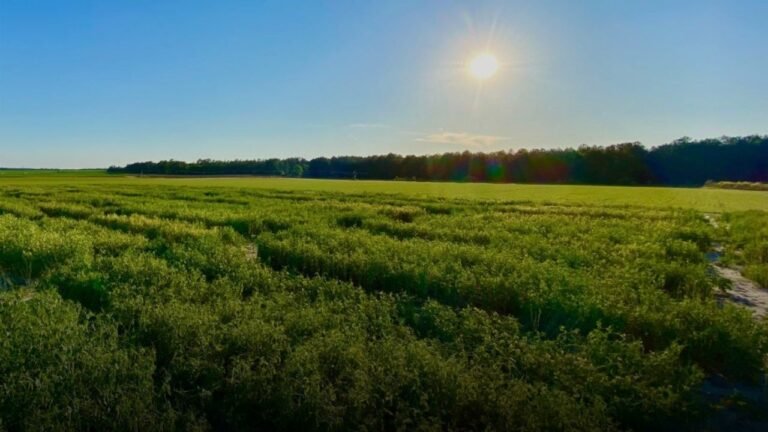South Carolina Sea Turtles Help Preserve Ocean and Beach Ecosystem Health
ISLE OF PALMS, S.C. — South Carolina’s coastal waters are home to several species of sea turtles that not only enrich the marine environment but also support the health of our beaches and shorelines. With more than 151,000 eggs laid across the state as of mid-July, these ancient reptiles continue to make vital contributions to the region’s biodiversity and ecological balance.
For more than 100 million years, sea turtles have been essential in maintaining ocean health, and as pollution increases across the world’s waterways, their role in sustaining natural ecosystems has become even more critical.
Green Sea Turtles: Controlling Overgrowth
Juvenile green sea turtles, herbivorous by nature, graze on seagrass beds on the ocean floor. This prevents overgrowth that can obstruct water currents and encourage harmful organisms like slime mold, algae, and fungus — all of which threaten fish populations that humans rely on.
In a fascinating twist, researchers in South Carolina have observed these young turtles feeding on Gracilaria vermiculophylla, a non-native Pacific seaweed. This unexpected food source may be aiding their survival. Of 15 stranded turtles observed this year, 10 were juvenile green turtles, according to Lucky Dog Publishing.
Leatherbacks and Loggerheads Keep Jellyfish in Check
Leatherback turtles, which pass by South Carolina each spring after nesting farther south, are known for their massive size — reaching up to seven feet long — and for eating hundreds of pounds of jellyfish daily. Their appetite helps control jellyfish populations, which could otherwise spiral out of control.
South Carolina’s state reptile, the loggerhead turtle, is another vital part of the marine food chain. With strong jaws designed to crush hard-shelled prey like crabs and lobsters, loggerheads not only feed on jellyfish but also aerate the seafloor as they move. This creates beneficial feeding paths for other marine species.
Sea Turtle Eggs Support Other Wildlife
Though it may be hard for sea turtle enthusiasts to accept, turtle eggs serve as a food source for many land-dwelling animals. Most of the 151,000+ eggs laid this summer won’t become adult turtles, but their presence contributes to the broader ecological cycle by sustaining other species.
Leatherback turtles, for example, feed in Arctic waters and then migrate to lay eggs in the Caribbean, distributing nutrients across ecosystems from pole to tropics.
Current Nesting Totals (As of July 16)
- Isle of Palms: 27 nests, 14 false crawls (including green sea turtle tracks in Wild Dunes on July 9)
- Sullivan’s Island: 8 nests, 8 false crawls
This nesting activity underscores the continued importance of South Carolina’s beaches as vital grounds for sea turtle reproduction and survival.
Have you spotted sea turtle tracks or nests on your local beach this season? Share your coastal observations or photos with us by visiting SaludaStandard-Sentinel.com and staying connected to South Carolina’s wildlife stories.







